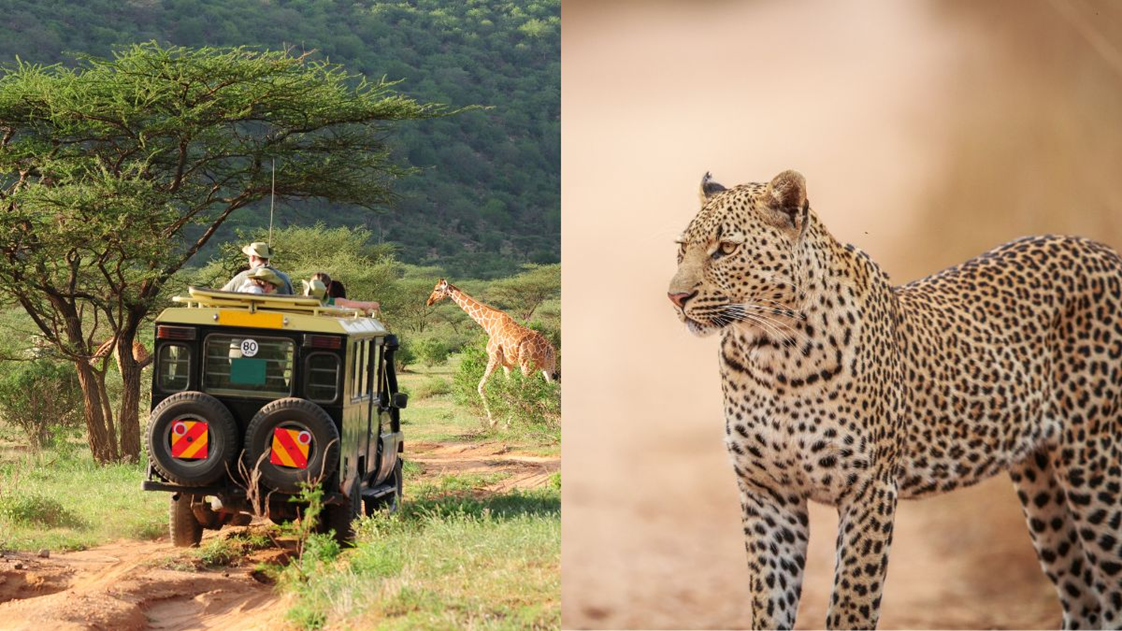- Courses
- GS Full Course 1 Year
- GS Full Course 2 Year
- GS Full Course 3 Year
- GS Full Course Till Selection
- Answer Alpha: Mains 2025 Mentorship
- MEP (Mains Enrichment Programme) Data, Facts
- Essay Target – 150+ Marks
- Online Program
- GS Recorded Course
- Polity
- Geography
- Economy
- Ancient, Medieval and Art & Culture AMAC
- Modern India, Post Independence & World History
- Environment
- Governance
- Science & Technology
- International Relations and Internal Security
- Disaster Management
- Ethics
- NCERT Current Affairs
- Indian Society and Social Issue
- NCERT- Science and Technology
- NCERT - Geography
- NCERT - Ancient History
- NCERT- World History
- NCERT Modern History
- CSAT
- 5 LAYERED ARJUNA Mentorship
- Public Administration Optional
- ABOUT US
- OUR TOPPERS
- TEST SERIES
- FREE STUDY MATERIAL
- VIDEOS
- CONTACT US
India’s largest leopard safari opens at Bannerghatta
India’s largest leopard safari opens at Bannerghatta
28-06-2024

The Bannerghatta Biological Park (BBP) is home to the country's largest leopard safari, which was recently inaugurated in Karnataka, South India
- Currently 8 leopards have been released for the safari in the open forest area
About Bannerghatta Biological Park (BBP):
- BBP emerged as an independent establishment in 2002, having been an integral part of Bannerghatta National Park.
- To meet the growing demand for eco-recreation, eco-tourism, and conservation, 545 hectares of forest from the National Park were initially designated as a biological park, later expanding to 731.88 hectares.
- Located approximately 22 kilometers south of Bengaluru city, the park comprises various units such as a zoo, safari, butterfly park, and a rescue center for captive animals.
- BBP is the first biological park in India to have a fenced, forested elephant sanctuary.
Key Facts about Bannerghatta National Park:
- Nestled in the Anekal range near Bangalore, Karnataka, Bannerghatta National Park was declared a National Park in 1974.
- In 2006, India's first butterfly enclosure was established within the park.
- The main water source for the park's animals is the Suvarnamukhi stream, which runs through its center.
- The park involves three types of vegetation: Dry Deciduous Scrub Forests, Southern Tropical Dry Deciduous Forests, and Southern Tropical Moist Mixed Forests.
- Its flora includes Narcissus latifolia, Schleichera oleosa, sandalwood, neem, tamarind, bamboo, eucalyptus, and more.
What is Eucalyptus?Eucalyptus, belonging to the myrtle family (Myrtaceae), is a genus of over 660 species of shrubs and tall trees. Originating from Australia, Tasmania, and nearby islands, some eucalyptus trees rank among the tallest in the world. Commonly known as gum trees or stringybark trees in Australia, many species are cultivated worldwide as shade trees or in forestry plantations. |
- The park serves as a prime habitat for various species, including the endangered Asian elephant, Indian gaur, tiger, sambar deer, spotted deer, leopard, wild dog, wild pig, sloth bear, common mongoose, pangolin, slender loris, black-naped hare, and others.



